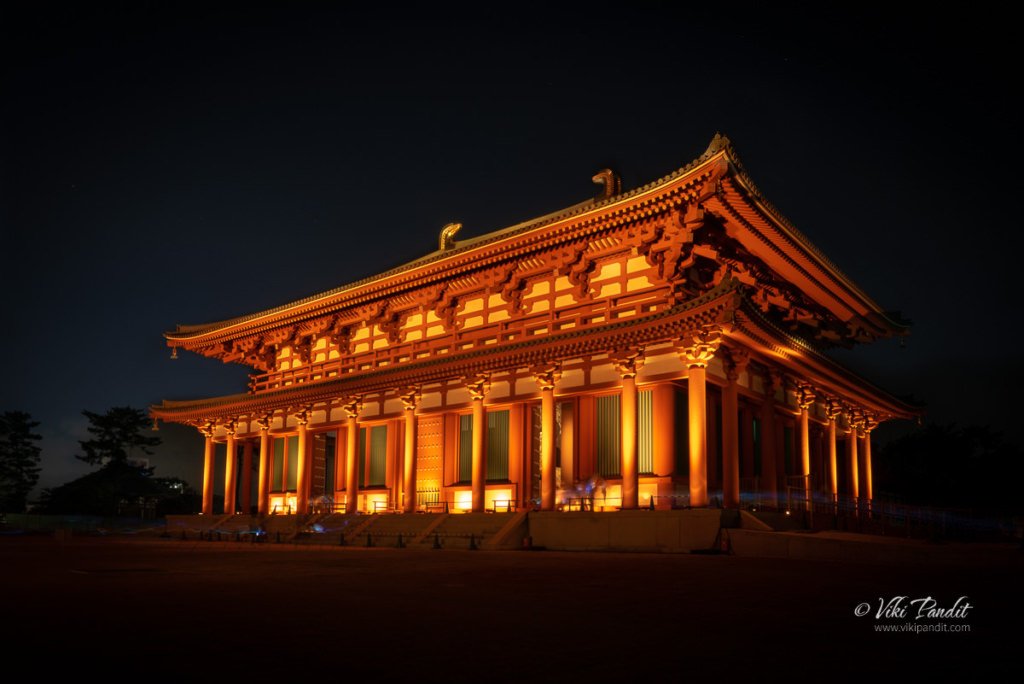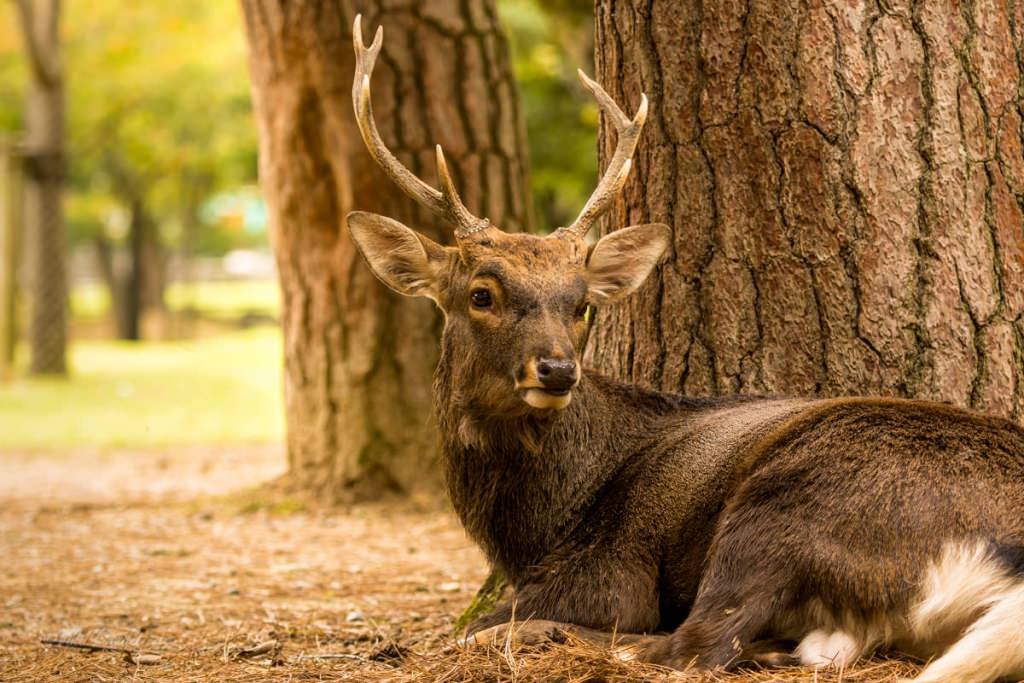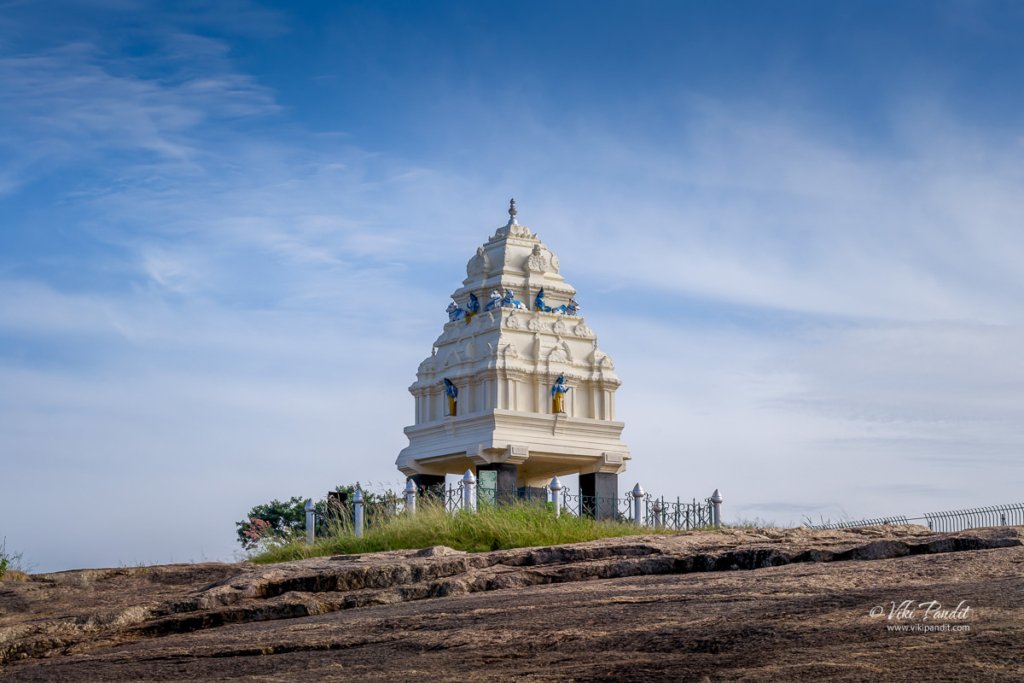

Photo Walk to Kofuku-ji
Mani’s got classes today, so I ran off by myself to take a closer look at the beautiful temples of Kofuku-ji, some of which are said to be from as early as 700 CE.


Mani’s got classes today, so I ran off by myself to take a closer look at the beautiful temples of Kofuku-ji, some of which are said to be from as early as 700 CE.


We take a walk down Nara’s incredible Deer Park. The park is home to hundreds of freely roaming deers. Walk among the sweet younglings in the green meadows. And don’t forget to pack some Shika Senbei, They love em!


Today I visit one of the oldest gardens in Karnataka. It is a sight to behold with its rich flora. But beneath all the beauty it also harbors a rich heritage which began with the inception of the city itself, when Kempe Gowda installed a tower here, marking it as the southern limits of Bangalore city.
Loading more posts...